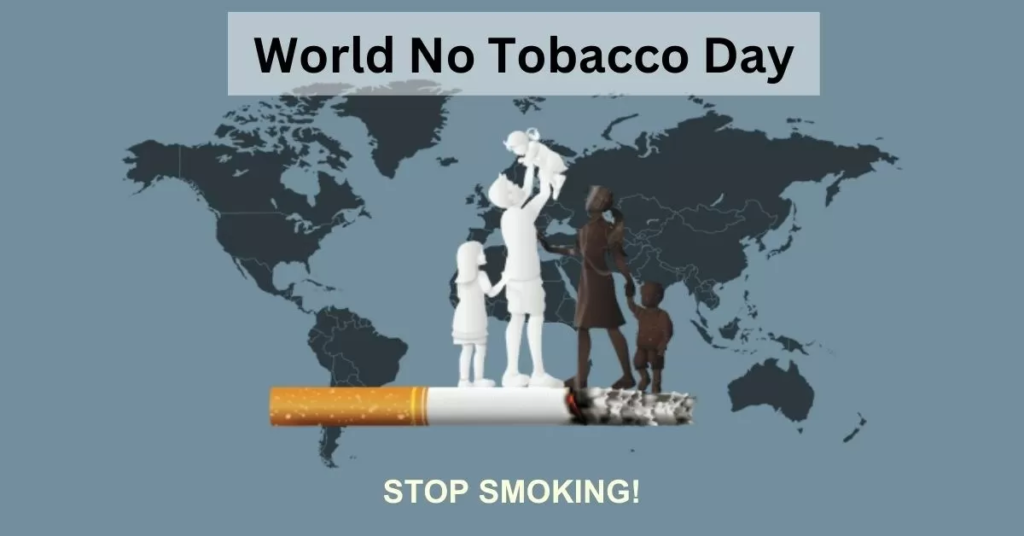
Table of Contents
- Introduction: Fighting a Global Killer
- Why Tobacco Control Is a Public Responsibility
- Governments on the Frontlines: Policy, Tax, and Law
- The Power of International Frameworks (WHO FCTC)
- Banning the Bait: Advertising, Promotion, and Sponsorship Controls
- Protecting the Vulnerable: Youth and Secondhand Exposure
- Tobacco Taxes: Saving Lives Through Economic Strategy
- Civil Society and NGOs: Voices that Push for Change
- Corporate Accountability and Anti-Lobbying Actions
- Success Stories: Countries That Did It Right
- The Road Ahead: A Call for Unified Global Action
- Final Thoughts: From Policy to Impact
1. Introduction: Fighting a Global Killer
Tobacco is one of the most dangerous legal products on the planet. It kills more than 8 million people each year and devastates families, economies, and healthcare systems. While personal responsibility plays a role, the scale of the problem demands powerful action from governments and global organizations. This isn’t just a public health issue—it’s a public leadership challenge.
2. Why Tobacco Control Is a Public Responsibility
Tobacco affects more than just the user. From secondhand smoke to rising healthcare costs, its consequences are collective. That’s why governments and international organizations must step in—not to control lives, but to protect them. Their role is not just preventive, but transformative.
3. Governments on the Frontlines: Policy, Tax, and Law
Governments shape the tobacco landscape through:
- Smoke-free legislation
- Mandatory health warnings on packaging
- Bans on tobacco advertising
- High excise taxes on tobacco products
- Strict age restrictions
Such policies don’t just reduce usage—they change public perception. When laws shift, so does culture.
4. The Power of International Frameworks (WHO FCTC)
The World Health Organization’s Framework Convention on Tobacco Control (WHO FCTC) is the first global public health treaty. Signed by over 180 countries, it provides a blueprint for:
- Regulation of contents
- Cross-border advertising bans
- Public education campaigns
- Alternative livelihoods for tobacco farmers
It’s a bold move toward a smoke-free future, backed by science and diplomacy.
5. Banning the Bait: Advertising, Promotion, and Sponsorship Controls
Tobacco companies thrive on visibility. So governments must block every angle:
- No TV, print, or digital ads
- No brand sponsorship of events
- No giveaways, discounts, or brand stretching
When the bait disappears, so does the hook—especially for young, impressionable minds.
6. Protecting the Vulnerable: Youth and Secondhand Exposure
Regulations must shield the defenseless:
- School and college tobacco-free zones
- Bans on flavored products aimed at youth
- Clean air laws in public and indoor spaces
- Packaging that discourages appeal
Children shouldn’t pay the price for an adult addiction. Laws are their shield.
7. Tobacco Taxes: Saving Lives Through Economic Strategy
Raising taxes on tobacco is one of the most effective ways to reduce consumption. Even a 10% increase in price can lower usage by 4–6%. This not only deters youth from starting but also motivates current users to quit—while raising revenue for health programs.
8. Civil Society and NGOs: Voices that Push for Change
Non-governmental organizations (NGOs), medical associations, and civil advocacy groups often:
- Monitor tobacco industry interference
- Run public awareness campaigns
- Pressure lawmakers for reform
- Offer quitting support and community programs
They’re the conscience of the cause, and often the spark behind powerful legislation.
9. Corporate Accountability and Anti-Lobbying Actions
Governments must hold tobacco companies accountable:
- Transparent lobbying disclosures
- Restrictions on political donations
- Public exposure of industry tactics
The fight for tobacco control includes resisting corporate influence. Health must trump profit.
10. Success Stories: Countries That Did It Right
- Australia led the way with plain packaging and graphic health warnings.
- Thailand banned tobacco ads and promoted aggressive anti-smoking campaigns.
- Uruguay increased taxes, banned multiple brands from one company, and restricted packaging designs.
These nations proved that bold policy leads to visible change.
11. The Road Ahead: A Call for Unified Global Action
The tobacco epidemic knows no borders. Future steps must include:
- Stronger enforcement mechanisms
- More investment in cessation support
- Cross-border marketing regulations
- Digital ad crackdowns
Global problems demand global collaboration—and we’ve only scratched the surface.
12. Final Thoughts: From Policy to Impact
Tobacco control is not just about laws; it’s about life. It’s about governments and organizations choosing courage over compromise, evidence over excuses, and people over profits. Every policy passed, every loophole closed, every life saved—it begins with bold action from those in power.
The message is simple, yet urgent: when leaders lead with purpose, people live longer, healthier lives.

